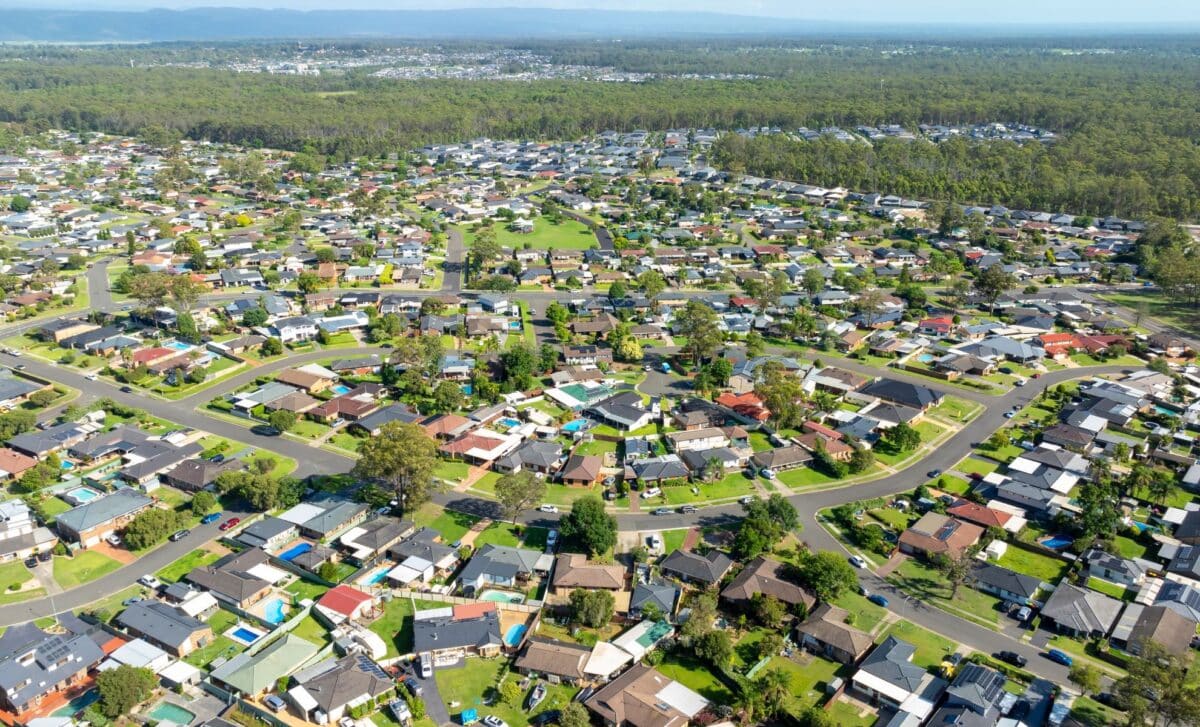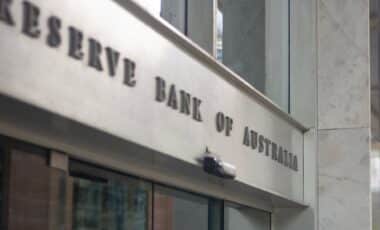Australia’s property market has exhibited mixed dynamics in early 2025, with regional variations shaped by recent interest rate cuts, affordability pressures, and local economic factors. The diversity of conditions across states highlights differing opportunities and challenges for buyers and investors alike.
Early signs of recovery and stability are emerging in some key markets, while others face ongoing headwinds from supply constraints and economic shifts. This patchwork landscape underlines the complex nature of Australia’s housing sector as it navigates evolving financial and demographic influences.
Early Recovery Signs in New South Wales and Victoria Amid Policy and Affordability Challenges
According to the Property Investment Professionals of Australia (PIPA) National Market Update, New South Wales is beginning to show tentative recovery following recent interest rate reductions.
Sydney, while experiencing a slight quarterly decline of 0.9 per cent to February 2025, remains 1.1 per cent higher over the past year. PIPA chair Nicola McDougall notes that renewed buyer confidence is particularly evident in higher-end properties, despite prices still sitting 1.6 per cent below their September 2024 peak.
Victoria presents a nuanced picture, with specific pockets offering promising opportunities despite prevailing policy uncertainties. Melbourne’s property market is drawing attention for its relatively affordable housing options.
Demand is growing for well-situated units in areas such as Carlton, signalling buyer preference for accessible urban locations amid affordability constraints.
Regional Growth and Affordability Driving Demand in Queensland, South Australia, and Perth
Queensland’s property market maintains robust activity, albeit with a moderated growth pace. Regional centres like Mackay and Townsville are leading in price increases, while Brisbane sustains positive growth, particularly in units and townhouses.
McDougall attributes this sustained demand to ongoing population growth, limited housing supply, and rising construction costs.
South Australia remains an attractive destination for investors, bolstered by its affordability and diverse property options. Economic momentum, partly driven by large-scale projects such as the AUKUS submarine initiative, supports the market’s appeal.
Western Australia’s Perth records the highest annual growth among Australian capitals, underpinned by tight supply, high rental yields, and comparatively better affordability, all factors supporting continued demand despite a moderation in growth rates.
Additional insights from Cotality highlight the significant role of the lower quartile housing market in capital growth over the past year.
Research director Tim Lawless emphasises that strong growth clusters are emerging in city outskirts, where properties remain within reach for many buyers facing tighter borrowing conditions and increased mortgage costs.









